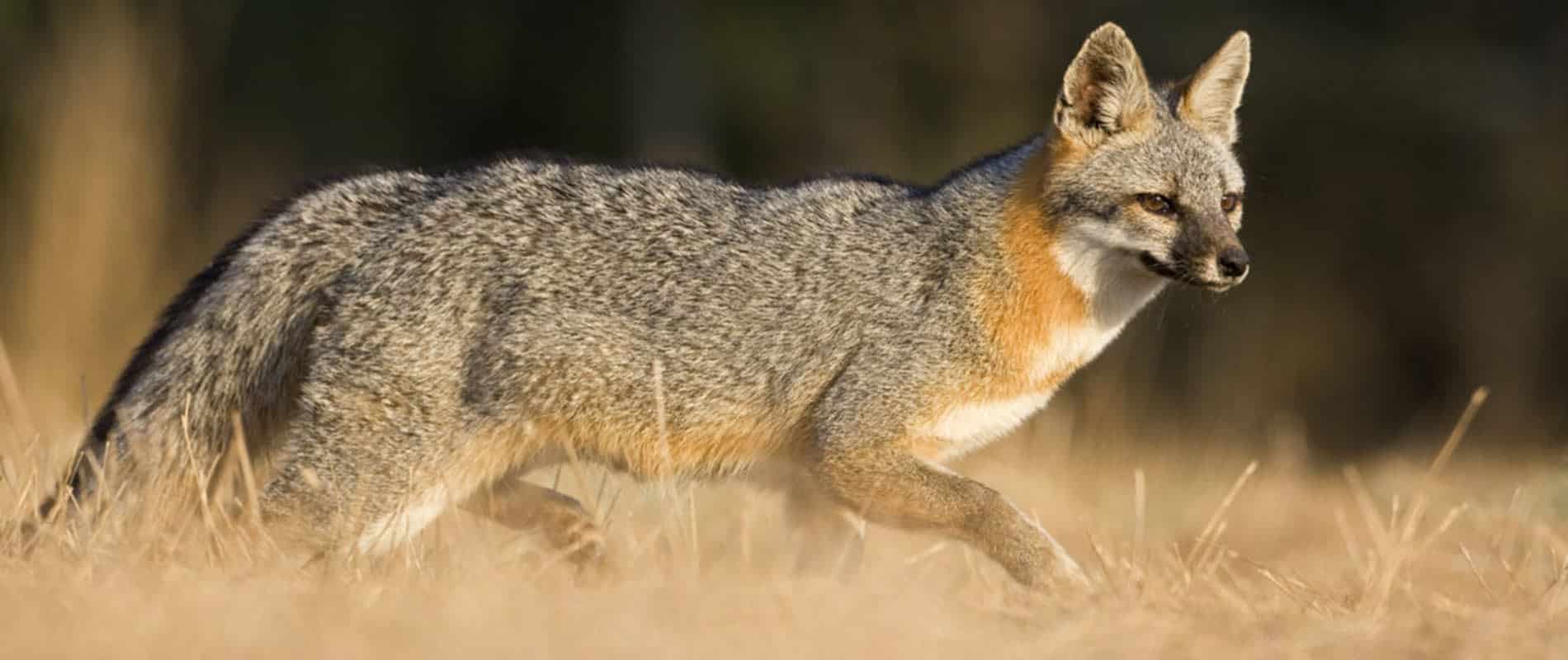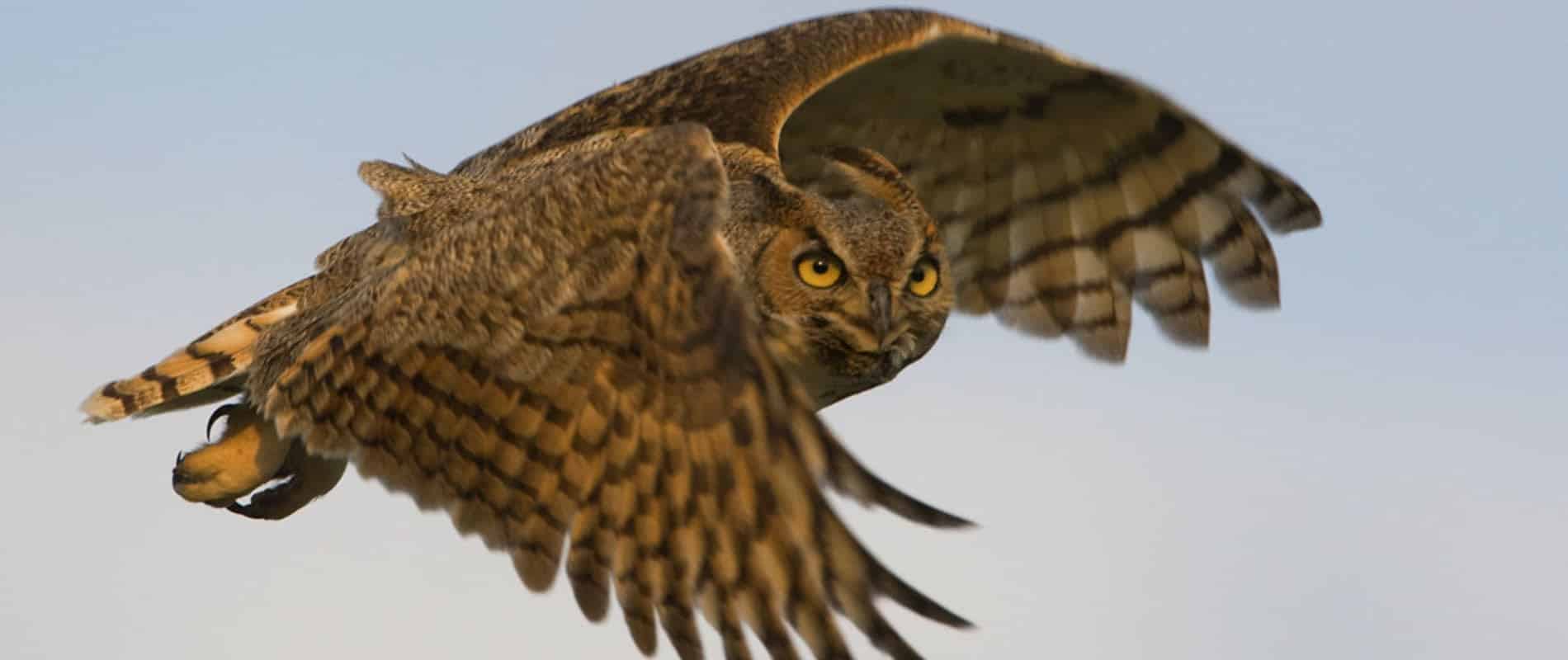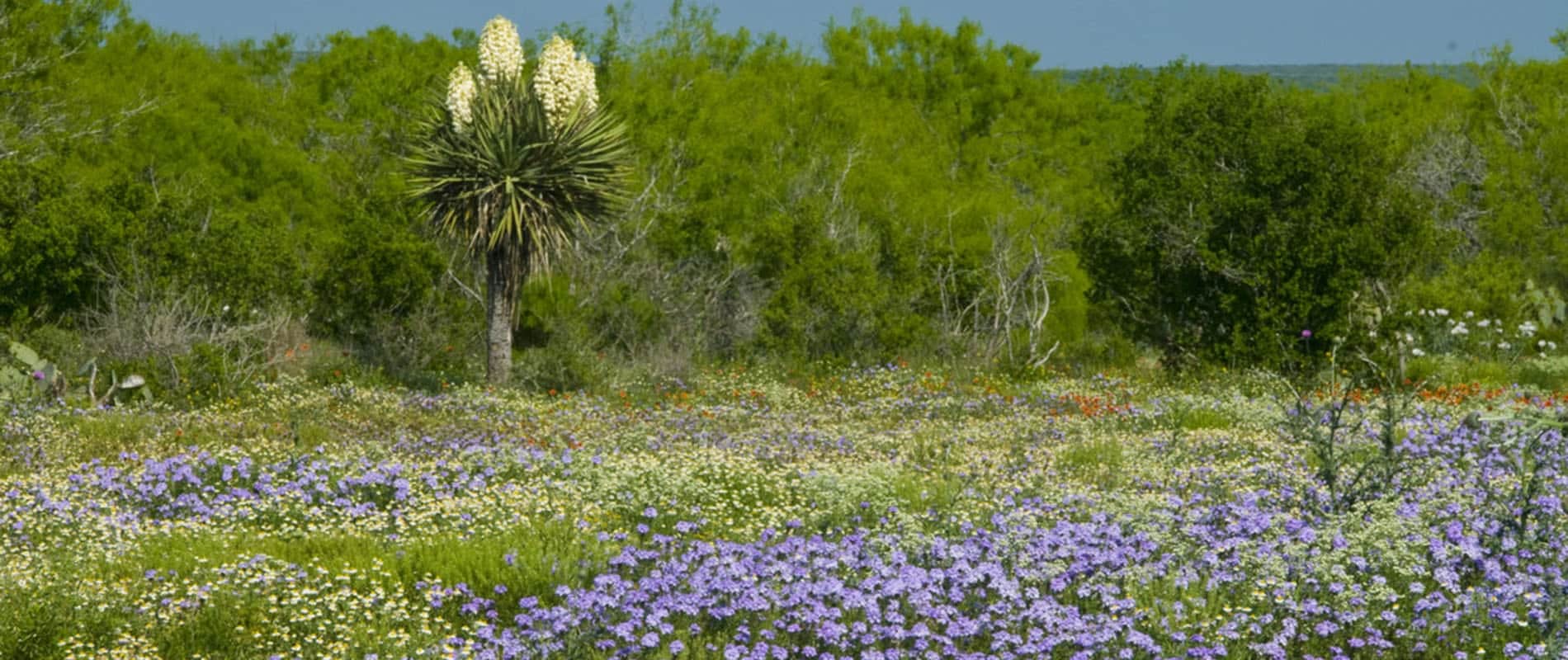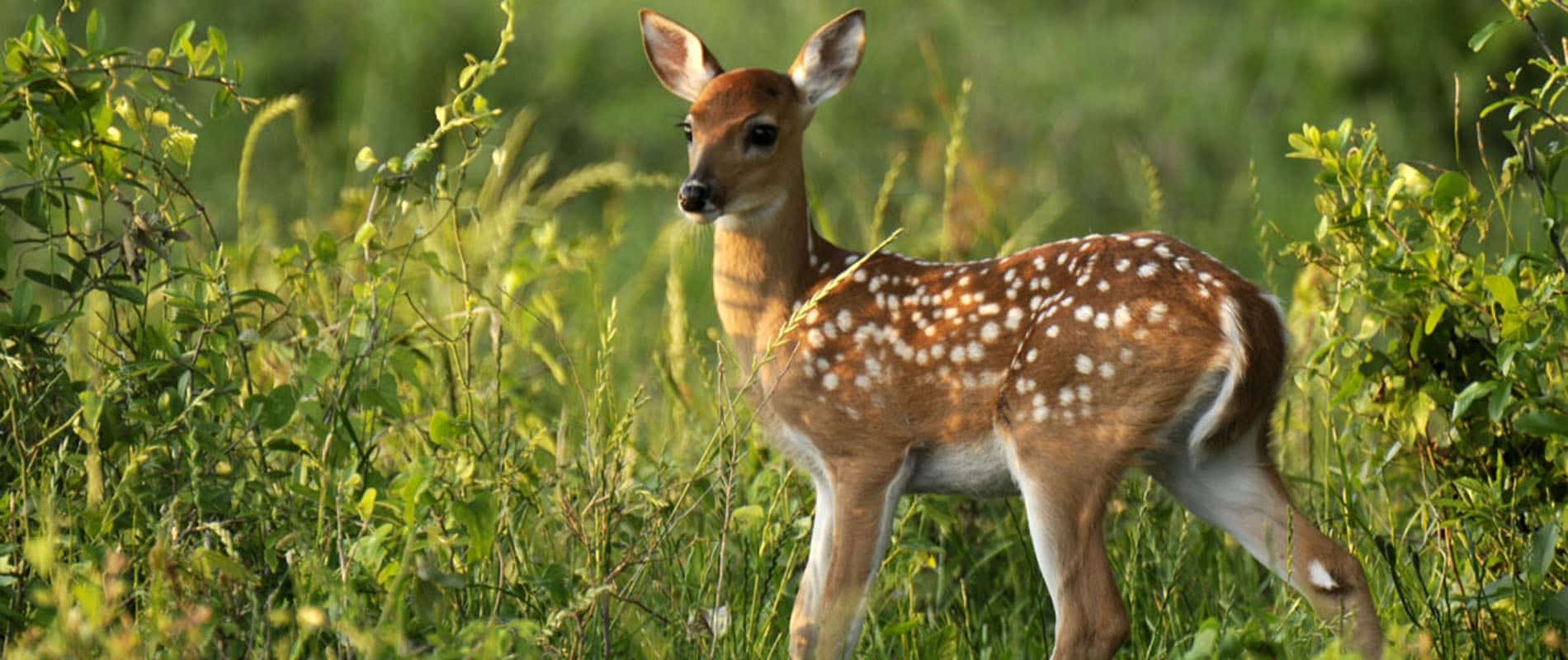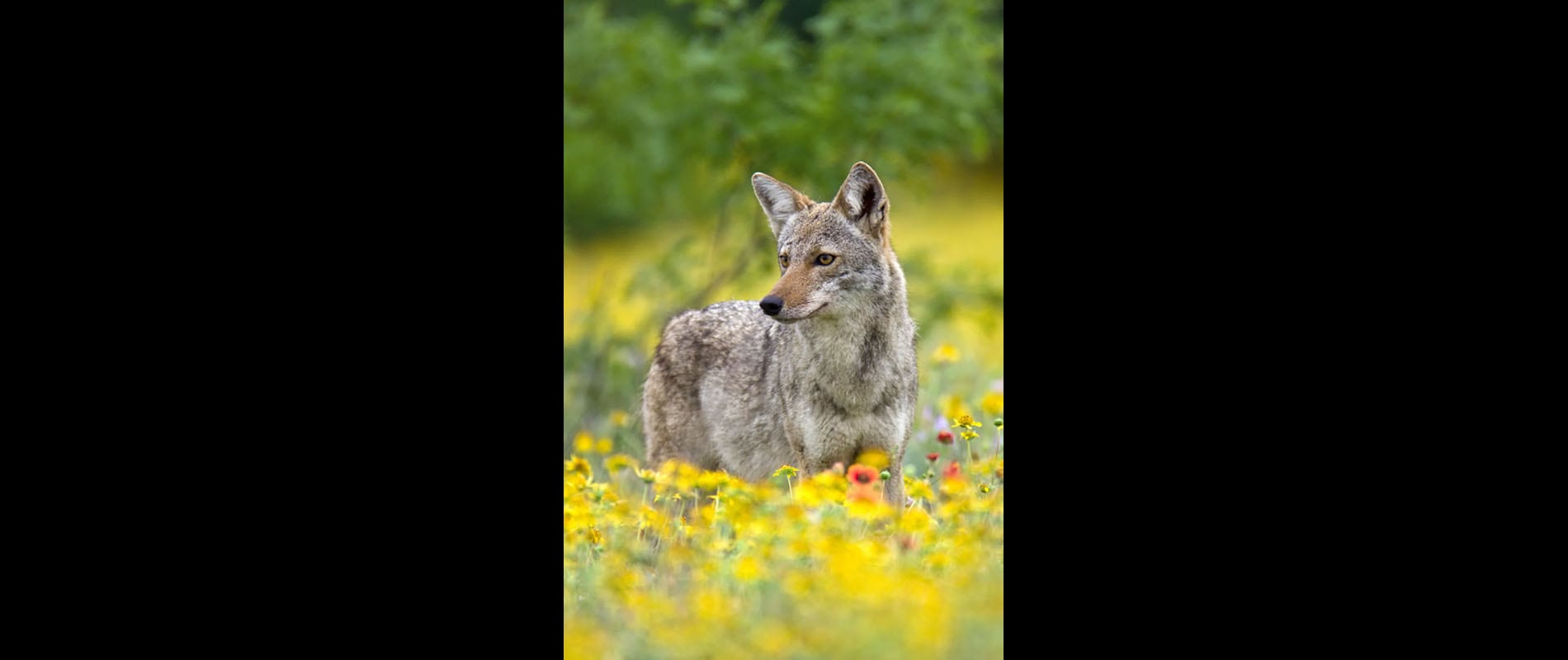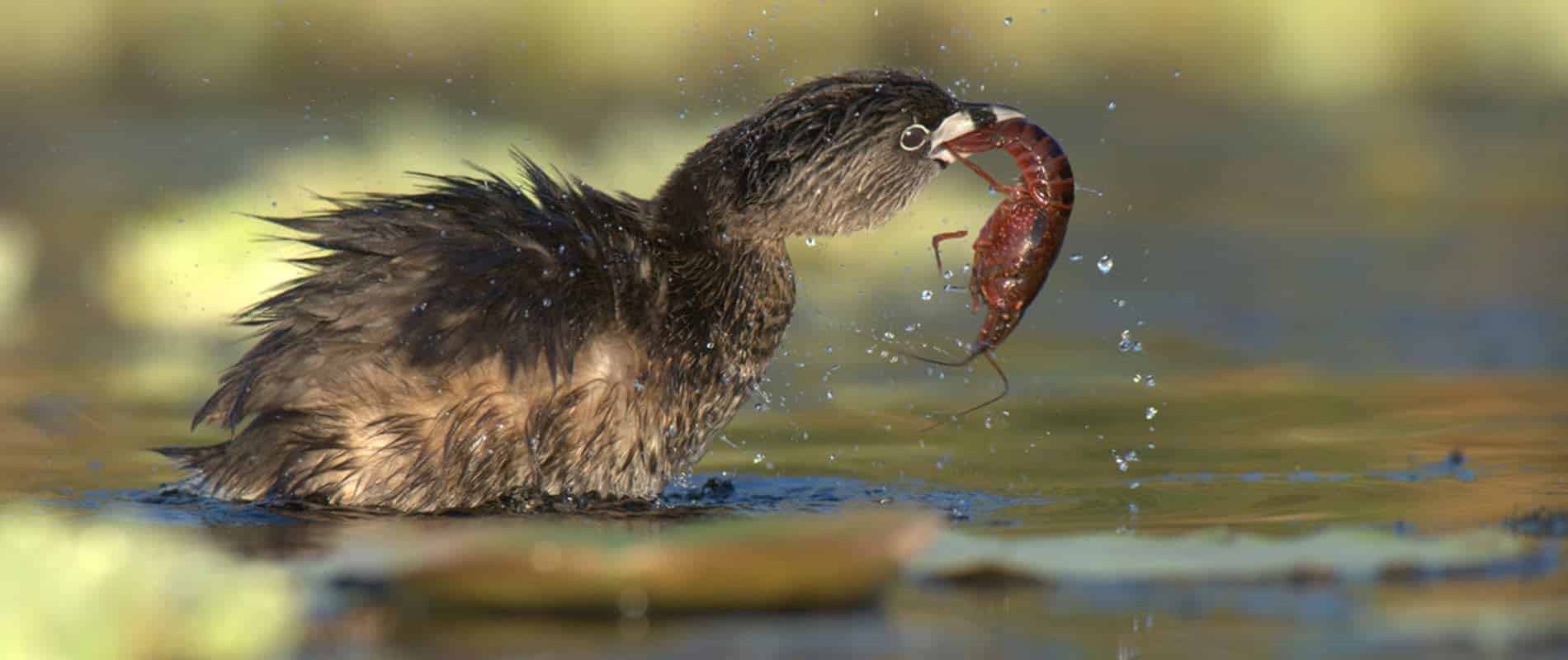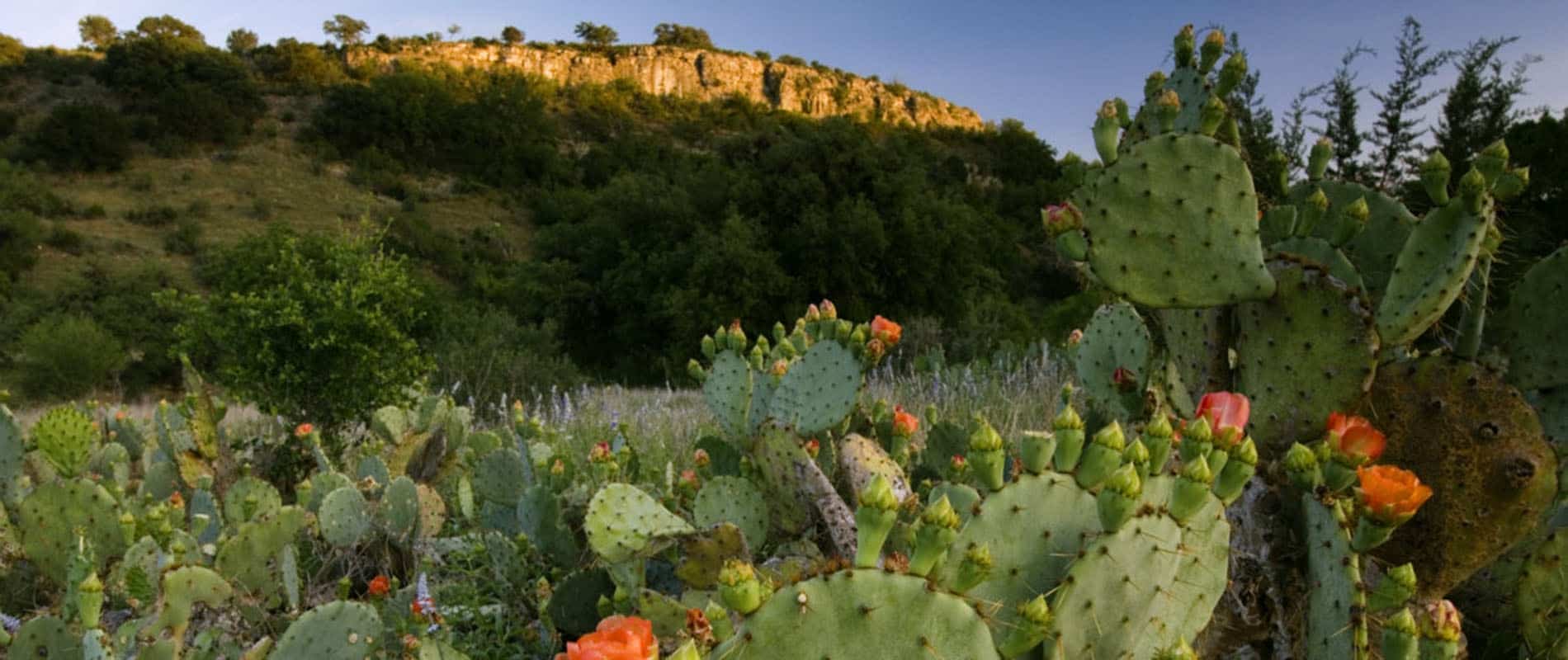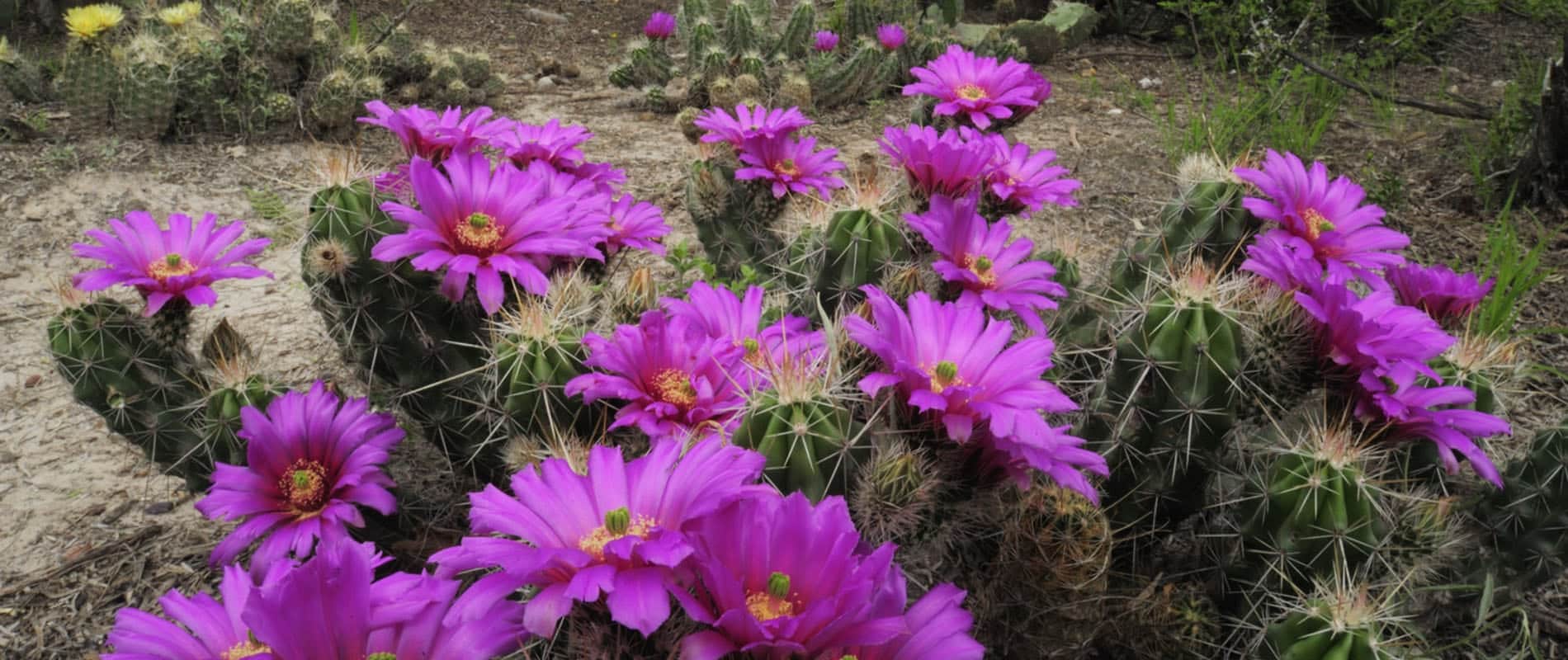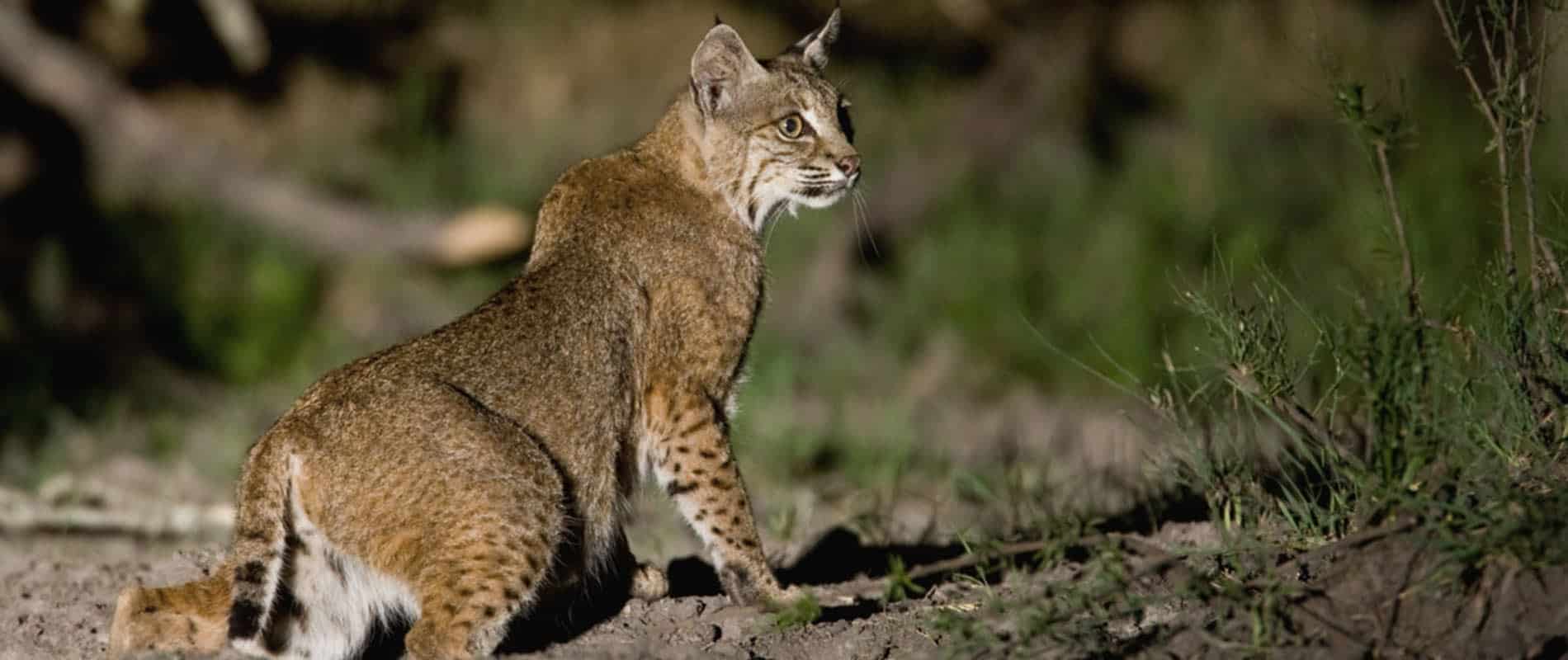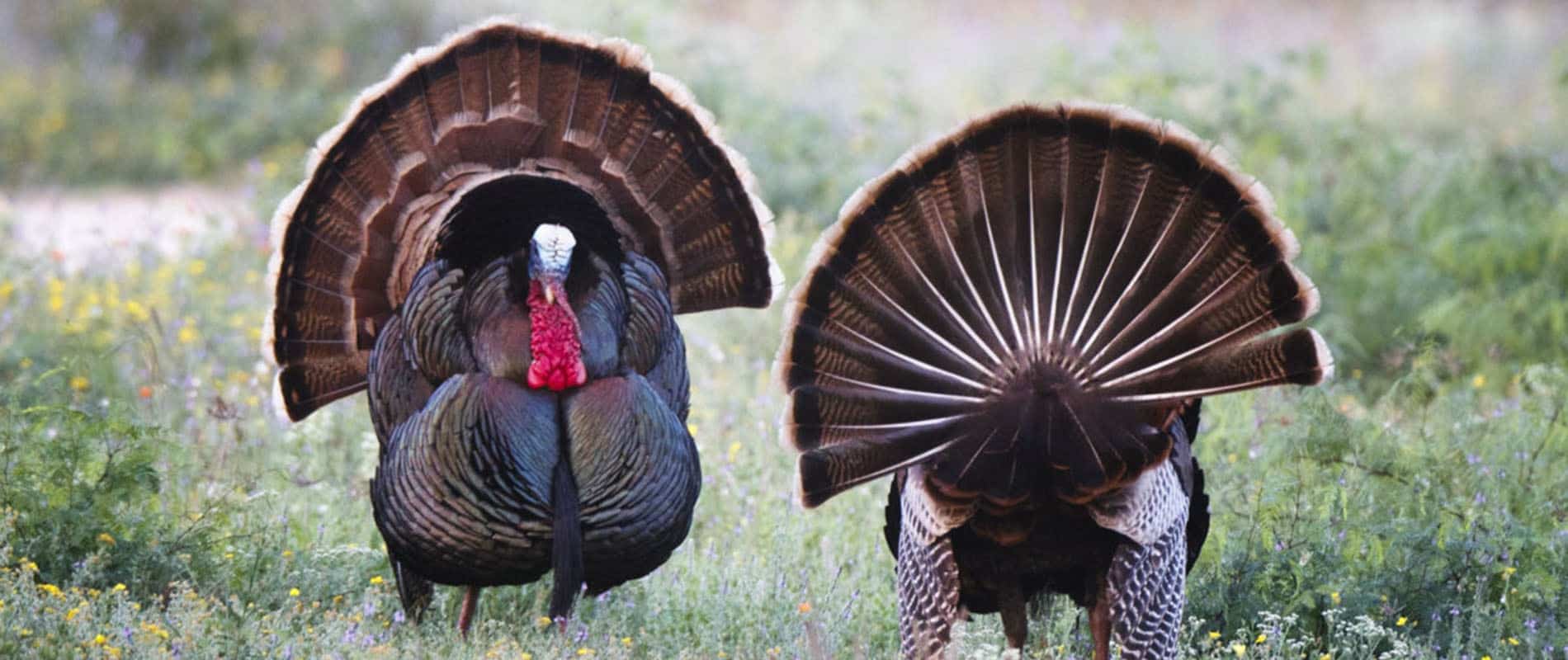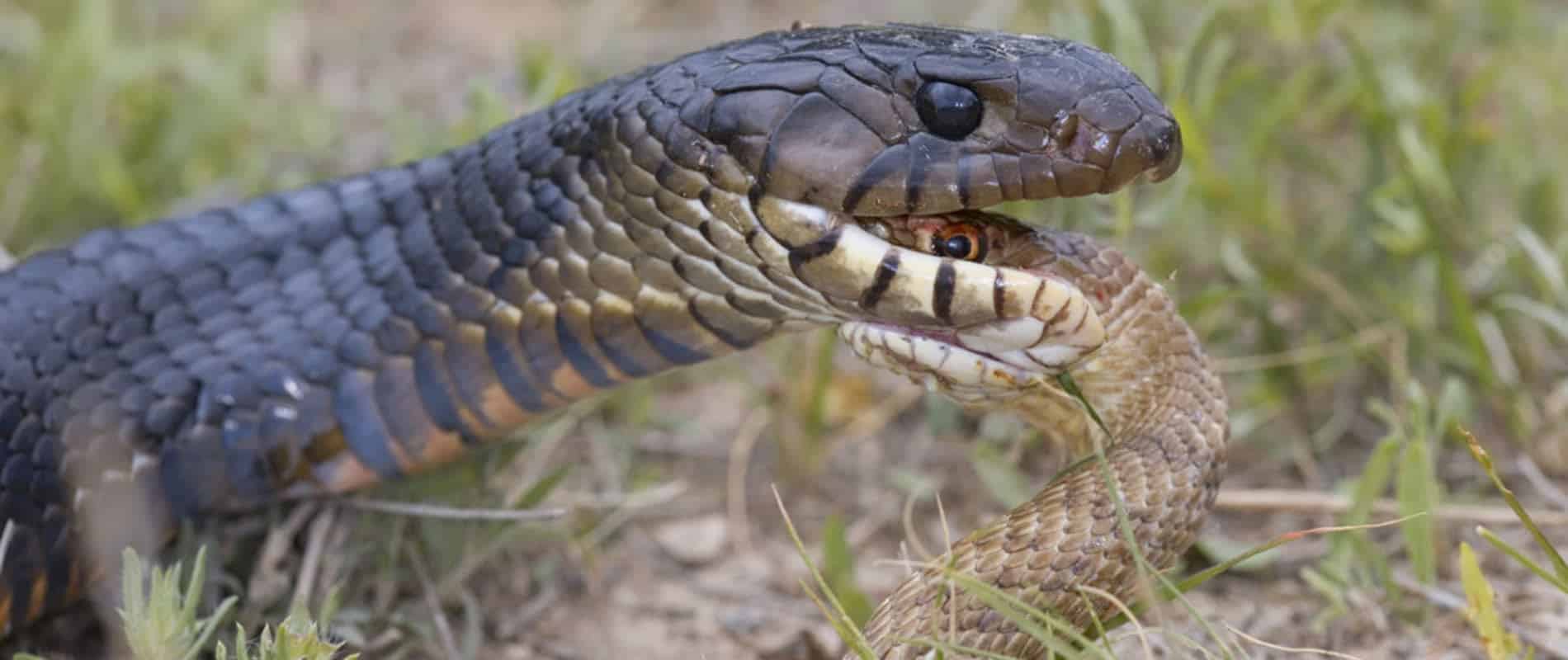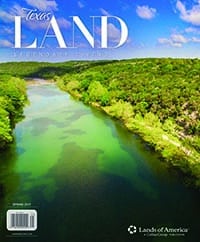
All photos courtesy of the Images for Conservation Fund
“Nature photography is the fastest growing recreation industry in America,” said John Martin, a retired financial advisor, amateur nature photographer and conservationist who founded the Images for Conservation Fund. “The last time I looked 30 million people self-identified as nature photographers and 11 million of them said they traveled eight days or more per year to pursue their hobby.
“I’m not greedy,” he continued. “I just want 1 million of them to come to Texas.”
According to Martin, nature photography makes sense as an additional revenue stream for Texas ranchers because it’s complementary to what they’re already doing.
“It takes at least 100 acres to establish a nature photography destination but 200 to 300 is an ideal place to start,” Martin said. “Some people choose to segregate nature photography from their other enterprises, while others, with careful planning, incorporate nature photography into their hunting and livestock operations because those activities create images photographers want to capture.”
Social media is an incredibly effective marketing tool for photography, if you create a consistent presence. Facebook, photo forums and the rest are hungry beasts and if you engage them, it’s important that they be fed every day or every other day to create a following. If you can’t commit to that then you might want to hire someone to do it for you. – John Martin
Landowners who are interested in nature photography need to start by assessing their ranches and identifying the unique characteristics that someone would pay to photograph.
“Do you have a rare species? Or do you have a wide variety of wildlife that gathers in a central spot like a water hole? What does your ranch have that sets it apart in this big, beautiful world?” Martin said.
While Martin sees the potential in nature photography, particularly as a way to allow the next generation of landowners to remain on the ranch, he understands it takes work to make the enterprise successful.
“It’s not a matter of build it and they will come,” he said. “Nature photography is a hospitality business. It takes aggressive, thoughtful marketing to get people’s attention and then it takes attentive customer service to ensure they’re satisfied with the experience.”
In addition, it takes infrastructure such as suitable photo blinds and, depending on the land’s proximity to town, lodging.
“Photographers live for the golden hours of light early in the morning and late in the afternoon,” Martin said. “They don’t particularly like to tack an hour’s pre-dawn or post-sunset drive to a hotel on to their days.”
Nature photography is still a relatively new business on the Texas landscape; Martin estimates there are 15 ranches across the state that have fully embraced the enterprise. He, working like a modern-day Johnny Appleseed, continues to plant seeds that he hopes will grow into financially rewarding conservation.
“Using photography to prompt conservation is nothing new,” Martin said. “In 1872, photographer William Henry Jackson was part of the three-year Haden Expedition in Wyoming and Montana. On his return he made prints of the journey for the President and every member of Congress. The result? Our first national park. Images create an emotional connection that prompts action.”
Big Bucks: ICF Photo Tourneys
Using professional golf as a model, John Martin, working under the Valley Land Fund and Images for Conservation Fund banners, conceived a series of nature photography tournaments.
“Golf is a slow game and yet it is a $40 billion/year industry worldwide,” Martin said. “Because of the demand for golf, more than 2 million acres worldwide have been kept open.”
With that in mind, Martin designed tourneys to create demand for high-quality nature photography and provide financial reward for photographers and the landowners who hosted them. After two years of planning, Valley Land Fund hosted the first tournament in 1994. It was held in the Rio Grande Valley and involved 108 ranches paired with 108 photographers. Martin and his team of volunteers raised $94,000 to support the event, and paid out $77,000 in prizes of which the landowners got half.
“From its inception, the Valley Land Fund Wildlife Photo Contest was the richest photo tournament in the world,” Martin said.
Starting a nature photography business is just like starting any other business, you have to have enough money on hand to run it for three years, so you’re not undercapitalized as a start-up. – John Martin
Building on that initial success, the Valley Land Fund hosted a tournament every other year from 1994–2008. Images for Conservation Fund was created in 2003 to develop the Pro-Tour of Nature Photography and held three Pro-Tour events that rotated between the Hill Country, the Gulf Coast and the Borderlands involving a total of more than 10 million acres. Each tournament was supported by a book showcasing the winners.
The Pro-Tours paired 20 photographers with 20 ranches for 30 days. The photographers’ goals were photographing the biodiversity on the ranches.
“When photographers shoot at this level of detail, ranchers are always surprised to see what is calling their habitat home,” Martin said.
The prize money for the three Pro-Tours alone was $500,000.
“We understand that conservation can’t be driven by desire alone,” Martin said. “Landowners have to have the financial resources to keep their land holdings together, thereby protecting our natural resources.”
For more information ICF and its upcoming events including its on-going series of Pro-Am tourneys, see www.imagesforconservation.org.
The TWA Connection
The Texas Wildlife Association understands that voluntary private land stewardship is the state’s most powerful force for conservation. These days, it takes diverse income streams ranging from livestock production and hunting to non-consumptive nature tourism activities like nature photography to keep land in private hands.
A Case Study: Santa Clara Ranch (Starr County)
The Santa Clara Ranch, located on 300 acres about 40 miles northwest of Edinburg, is John Martin’s favorite example of a successful nature photography destination.
“In the mid-80s, the owner Dr. Beto Gutierrez, a native of Edinburg, Texas, made his way back to South Texas after a stint in New Mexico where he was practicing medicine. When he came home, he bought 300 acres and immediately stocked it with cattle. Soon after the cattle market nose-dived.
He told me, ‘I bought cattle—and I lost my ass.’
I knew that while he was out-of-state, Dr. Gutierrez had acquired the skills to become a recreational nature photographer, so I suggested that he establish a nature photography destination. This was in 2008. He ran with the idea, but soon discovered that he didn’t have enough time to devote to operating a medical practice and developing a nature photo destination, so he brought in two fellow photographers to help.
One, Hector Astorga, was a skilled amateur photographer with roots in Honduras. At the time, he owned another business, but as he began spending time on the ranch and discovering its hidden beauty and potential, he switched his focus. Soon, he was dedicating four to five days a week to developing and marketing the ranch.
The first steps were identifying prime sites for photo blinds and optimizing them for photography success. For instance, the blinds are situated across from a pond and partially buried so the photographers are on eye-level with any animals or birds that come into the specially staged habitat.
Hector’s initial marketing efforts consisted of joining photography forums and posting his stunning nature photos with both his name and Santa Clara Ranch. The photos caught the attention of his fellow photographers, who began inquiring about the chance to shoot at the Santa Clara. Hector began acting as a manager and a guide.
Eighteen months into the business, they built a lodge—simple, clean and comfortable—so guests wouldn’t have to navigate the 40 miles back and forth to the nearest hotel.
Over a period of three intensive years, they built it, marketed it, and photographers began to come. Eight years later, the Santa Clara is booked solid from March 1-July 1 with photographers. The operation nets about $60,000 year solely on photography and generates about $140,000 in economic impact in the nearby rural community. I venture to say very few 300-acre ranches generate that type of income.
To top it off, Hector has gone from being an amateur with a passion for photography to a professional photographer, instructor and tour guide with a global reach. In addition to his workshops at the Santa Clara, he will be leading photo tours to Honduras and Africa in 2017.”

This article appears in the spring 2017 issue of TEXAS LAND magazine. CLICK HERE to read more and subscribe to future issues.
